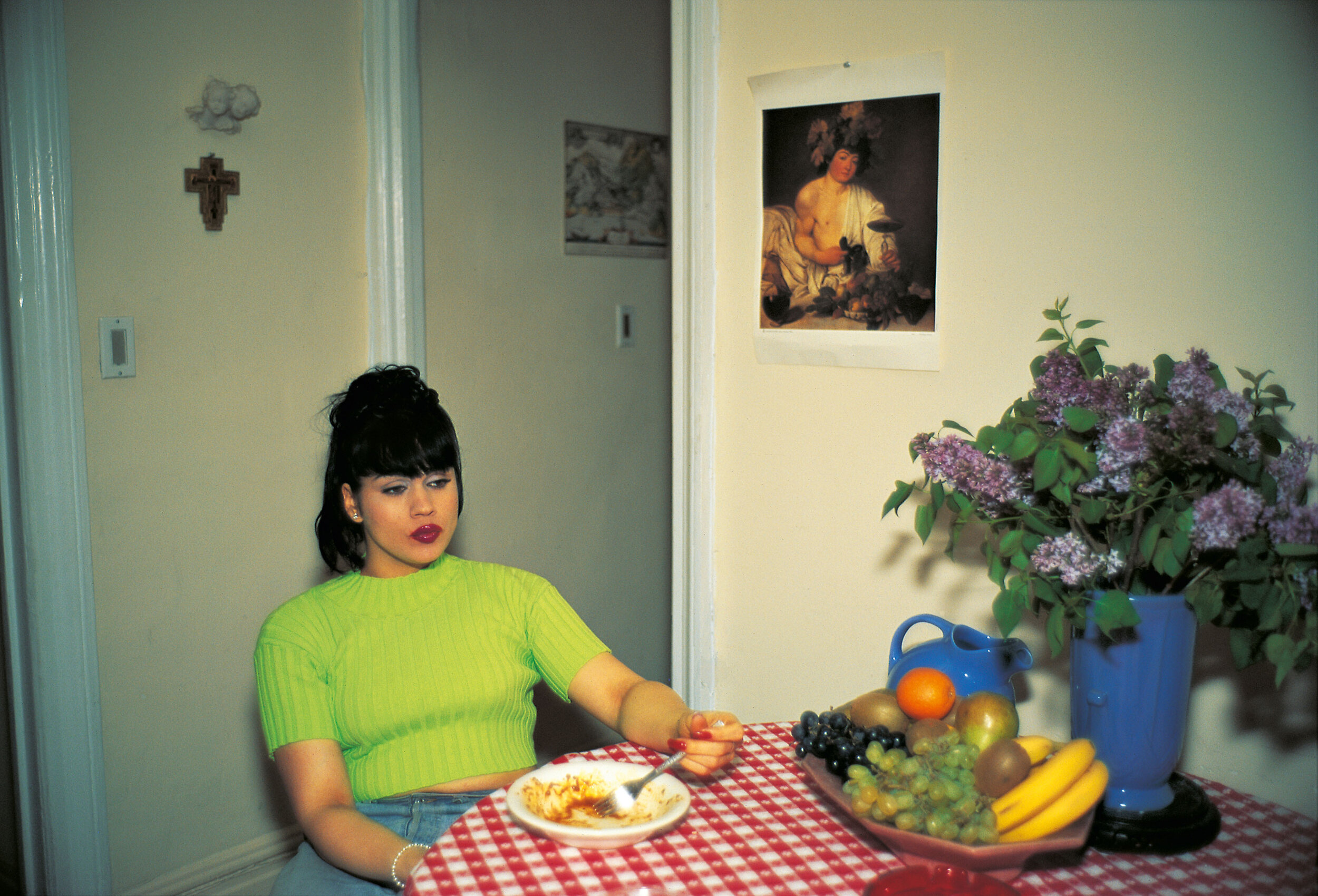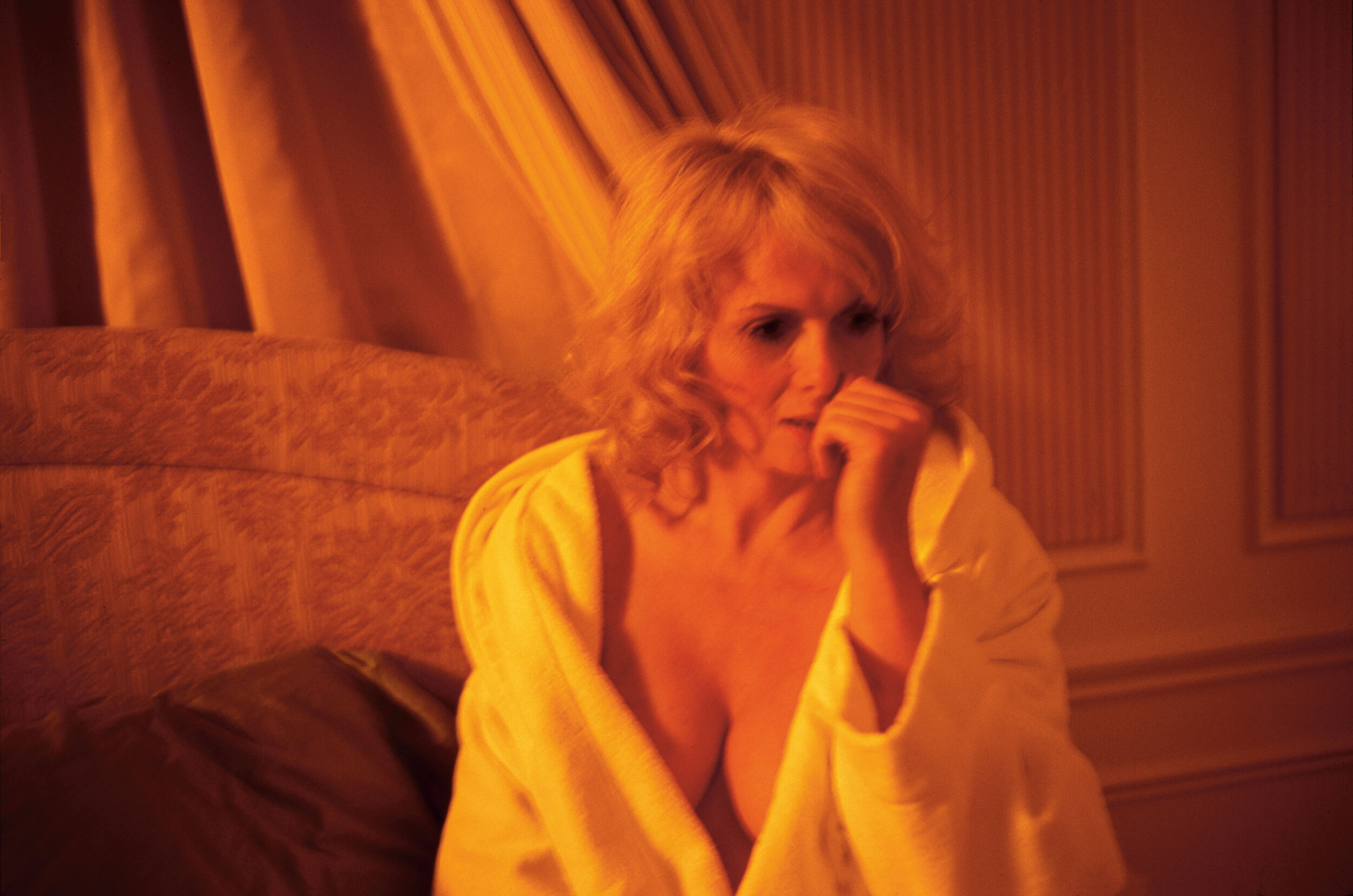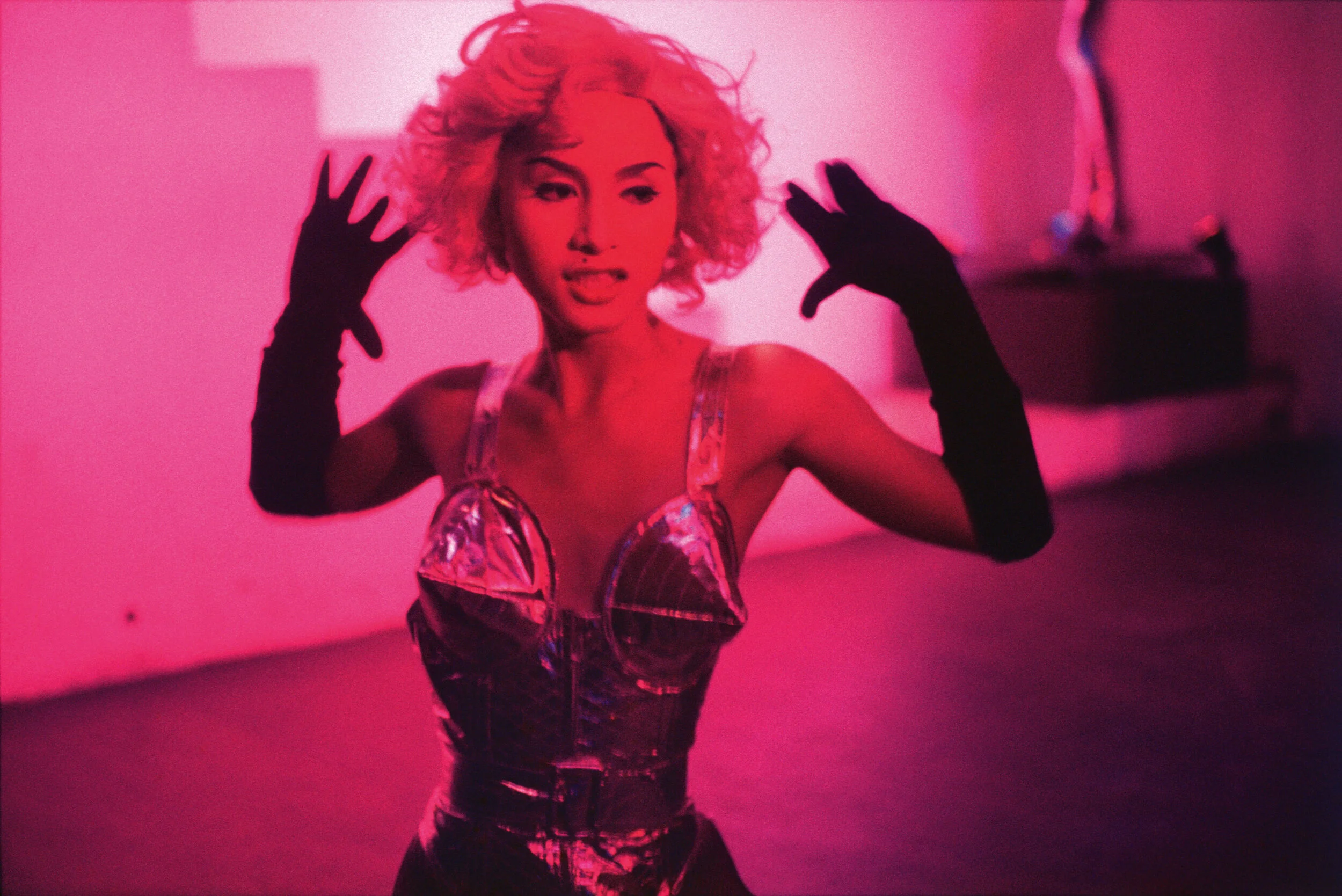Book Review: Nan Goldin's The Other Side
Front cover of The Other Side © Nan Goldin
It is impossible not to fall in love with people from Nan Goldin’s recent re-publication, The Other Side. The characters in Goldin’s photographs are simply irresistible — they are captivating, feminine, vulnerable, yet extremely powerful — everything a drag queen is herself. The book, while it is an emotional tribute to those Goldin lost to the AIDS epidemic over the years, precisely reflects the beauty and sorrow of the drag world the author lived through.
Christmas at The Other Side, Boston 1972 © Nan Goldin, The Other Side
Named after “the drag queen bar of Boston in the 70s”, The Other Side is not only there to remind us of the injustices the drag community has endured, but also to offer a glimpse into Goldin’s own artistic journey. As she became hypnotized with the glamourous world of drag, she managed to unravel many of their stories through personal and candid photographs. When looking upon this collection, the viewer is made to feel as if they are being allowed access to something sacred and intimate, which is exemplified by the closeness that Goldin and her subjects shared. The author considers herself lucky to live among these queens, and the reader cannot help but feel the same.
Picnic on the esplanade, Boston 1973 © Nan Goldin, The Other Side
Although the pictures represent the charm and allure of drag life, the words Goldin chose to describe the struggle of those days are often grim. The drag scene in the previous century was hostile: drag queens were rejected even by the gay community, and thus did not fall into the most known social categories. To survive, queens often had to turn to drugs and prostitution, and many lost their lives during the AIDS epidemic. For Goldin, republishing this book was a way to pay homage to her dear friends that died in this struggle.
Gina at Bruce’s dinner party, NYC 1991 © Nan Goldin, The Other Side
If the contrast of dazzling pictures with sorrowful memories does not convince one that the lives of Goldin’s queens were often that — a conflict of both sadness and glamour — one can turn to the end of the book to find the new interview with Joey Gabriel by Sunny Suits. Serving as the voice of the community, Joey is a live representation of what this book essentially is. Going through a gender transition, being rejected by family and lovers, living on the streets and falling to drug addiction, this interviewee’s story is another display of the complicated lives of numerous drag queens. For Goldin, this book is a means to contribute to that battle, and a way for her to memorialize the friends that are still alive or were lost along the way.
Joey as Marlyn, St. Moritz Hotel, NYC 2006 © Nan Goldin, The Other Side
C performing as Madonna, Bangkok 1992 © Nan Goldin, The Other Side
The Other Side is published by Steidl: you can purchase a copy of the book here.













